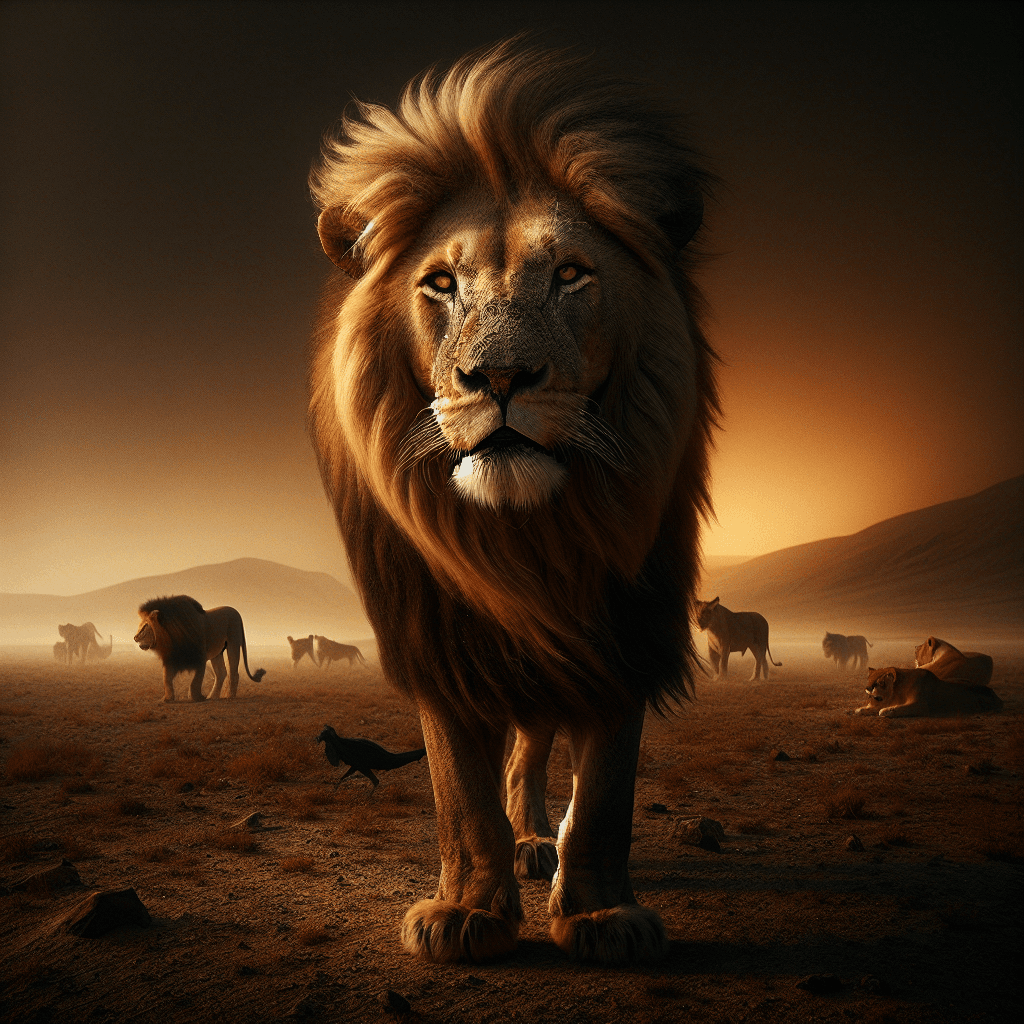The Majestic Lions: Kings of the Animal Kingdom
Discovering the Life, Habitat, and Conservation of Lions

The Majestic Lions: Kings of the Animal Kingdom
Lions are not just one of the largest and most powerful creatures on Earth; they are also one of the most fascinating. Known as the 'Kings of the Jungle,' lions have captivated human imagination for centuries.
Physical Characteristics
Lions are famous for their muscular build, formidable manes, and powerful roars. Adult male lions typically weigh between 330 and 550 pounds, while females are generally smaller, ranging from 265 to 400 pounds. The male lion's mane varies in color and size, often indicating health and virility.
Habitat and Distribution
Historically, lions roamed across Europe, Asia, and Africa. Today, they are primarily found in sub-Saharan Africa, with a small population of Asiatic lions residing in the Gir Forest National Park in India. Their preferred habitats range from grasslands and savannas to open woodlands.
Social Structure
Lions are unique among big cats due to their social nature. They live in groups called prides, which typically consist of several related females, their cubs, and a small number of adult males. This social structure allows them to cooperate in hunting and protecting their territory.
Conservation Status
Lions face numerous threats, including habitat loss, human-wildlife conflict, and poaching. The International Union for Conservation of Nature (IUCN) lists them as vulnerable, with their populations declining rapidly in certain regions. Conservation efforts are crucial to protect these magnificent creatures and their habitats.
Conclusion
As one of the most iconic animals known to humankind, lions play a vital role in the ecosystem. They are a symbol of strength and courage, reminding us of the importance of conservation efforts to ensure their survival for future generations. Understanding their behavior, habitat, and the challenges they face is essential in helping to protect these incredible animals.